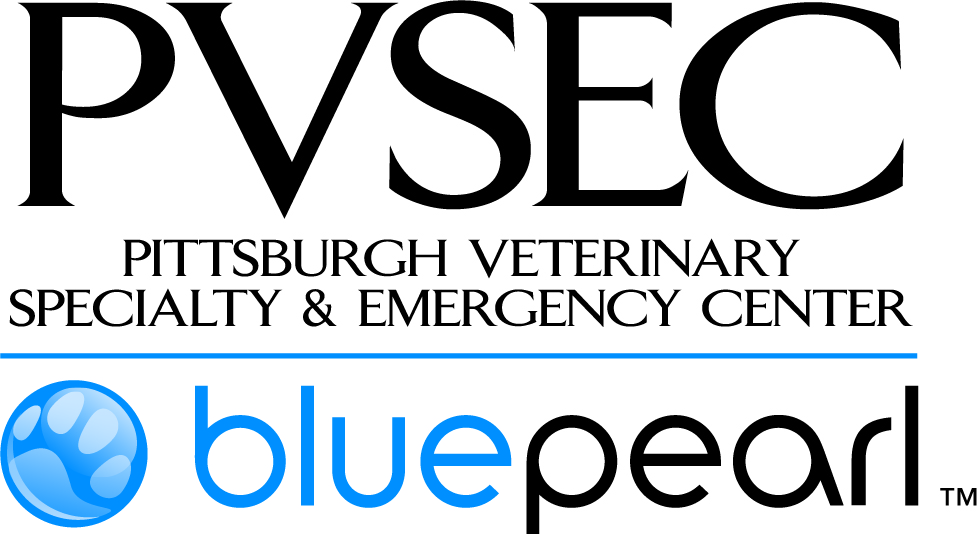Michael Kraun, DVM
Diplomate, American College of Veterinary Surgeons – Small Animal
Pittsburgh Veterinary Specialty and Emergency Center, a BluePearl Veterinary Partners Hospital
Over the past several decades, the field of medicine has become incredibly complex. With improvements in knowledge and technology, we have managed to make commonplace the treatment of diseases and injuries that were once thought to be untreatable. However, this increase in complexity can also predispose to errors in the fast-paced, high-stress setting of a hospital, be it human or veterinary.
A Harvard medical records query revealed that in daily practice, the average physician manages 250 primary diseases and conditions, must consider over 900 concurrent active medical problems, prescribes 300 different medications, orders 100 individual laboratory tests, and performs more than 40 unique procedures. The statistics are probably similar in the veterinary world, though one must also consider that we treat several different species and a constantly growing number of breeds of animal. Physicians in today’s world are some of the best and brightest, and are also incredibly highly trained – consider that in the early 1900s, one needed just a high school diploma and a one-year medical degree to become a doctor; today, doctors must have a college degree, a four-year medical school education, and 3 to 7 years of post-doctoral training in a specific area of practice. Nonetheless, medicine has become so complex that it can be difficult for humans – mere mortals – to handle. A 2006 study revealed that greater than 50% of patients suffering from a heart attack receive incomplete or inappropriate care. The same is true of over 30% of patients with strokes, 45% of patients with asthma, and 60% of patients with pneumonia. These numbers are both startling and sobering.
One way in which the human medical field has attempted to manage the problem of increasing complexity is through specialization, and even sub-specialization. For example, physicians may focus their practice on diseases of a single organ or body system, or potentially on a specific age group. Few disciplines are more subspecialized than surgery. Despite the attention to detail and the incredible skill of today’s surgeons, though, it is estimated that there are greater than 150,000 surgery-related deaths each year in the United States alone. Perhaps the most alarming statistic is that more than half of these deaths are considered preventable.
Preventable how, you ask? By limiting or eliminating human error. And how is that accomplished? To date, the best solution is one borrowed from the aviation industry – a simple checklist.
In the 1930s, as airplanes were becoming more and more complex, a group of US Army test pilots worked to develop a method to allow a single person to keep track of all of the various steps necessary to fly a plane safely. Ultimately, they developed a simple, to-the-point checklist that could fit on an index card. There were checks to be performed at each critical step of the flight – takeoff, cruising, landing, and taxiing. By introduction of this checklist alone, pilots were able to fly the new, complex aircraft 1.8 million miles without a single accident.
Checklists made their way into the medical field in 2001, not in the operating room, but in the intensive care unit. Dr. Peter Pronovost, a critical care specialist at Johns Hopkins Hospital, recognized the risks that IV line infections posed to ICU patients. He developed a simple checklist, written on a piece of plain paper, that reiterated the appropriate steps to be taken when placing and caring for IV lines. Over a year, IV line infection rates dropped from 11% to practically zero. In 2003, the state of Michigan decided to test the central line checklist in its hospitals’ ICUs, which had some of the highest infection rates in the country. Known as the Keystone Initiative, the results of the testing were published in the New England Journal of Medicine in 2006. The infection rate decreased by 66% in the first 3 months alone. The infection rate in most ICUs dropped to zero. Michigan’s ICUs outperformed 90% of the hospitals in the entire United States. Over the first 18 months, the initiative was estimated to have saved $175 million and over 1500 lives.
In 2007, the World Health Organization convened a meeting of surgical professionals from the around the globe. The goal of the meeting was to determine ways in which surgery could be made safer for patients. The end result of the meeting was a first draft of a surgical checklist. The checks were arranged at 3 critical time points: prior to anesthesia, prior to surgical incision, and prior to leaving the operating room after the procedure. Ultimately, the final draft of the checklist contained 19 specific checks (see image included).
From 2007 to 2008, the surgical checklist was implemented in 8 hospitals from around the world. The results were breathtaking: major complications dropped by 36%, deaths fell by 47%, infections fell by almost 50%, and the number of patients having to return to the operating room due to bleeding or technical problems dropped by 25%. In all, the checklist was used in an estimated 4000 cases – it was estimated to have saved 150 people from harm and 27 from death.
A decade after the introduction of the surgical checklist, similar lists are used in human and veterinary hospitals throughout the country and the world. And PVSEC is no exception. Just one example of our dedication to keeping your pet safe during his or her hospital stay.
If you are interested in reading more about the evolution of the surgical safety checklist, I highly recommend Dr. Atul Gawande’s “The Checklist Manifesto” (Metropolitan Books, 2009).



